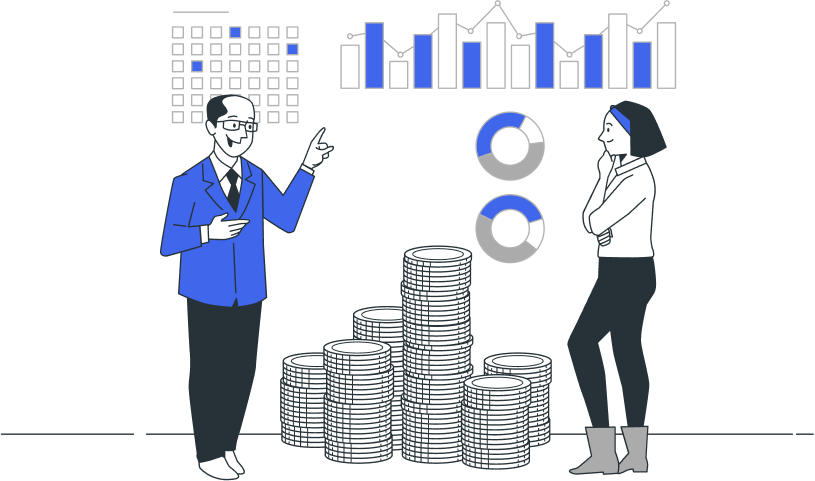Access the best refinancing options all in one place
Refinance your existing SBA loan through Vetted Biz and our lending partners to lower your payment and improve your business's cash flow.
Trusted by some of the biggest names in franchising




Benefits of refinancing
Why refinance through Vetted Biz?
Easy access to our large network of lenders
Together, we have gathered a network of the largest franchise-focused lenders in the U.S. with franchise data that streamlines the approval process for franchises and enables more potential franchisees and borrowers to gain access to funding.
More data helps lenders make better decisions
With more data on franchise and industry performance in the hands of these lenders, the lenders are able to reduce the risk of their franchise loans, thereby potentially enabling more borrowers to access loans at better rates.
Data-driven organizations team up
Data is at the heart of what we do. We have partnered with Lumos Technologies, the market leader in supplying data analytics and advisory services to small business lenders.
Running a profitable and successful franchise can be quite a challenge, especially if you are overburdened by monthly financing costs to pay down any SBA loans.
Feeling cornered?
At Vetted Biz, we're committed to supporting you. We provide an array of refinancing solutions tailored to help you bring down your financing costs. We know the challenges of navigating bank bureaucracies, so we're here to present efficient, hassle-free alternatives.
Higher Approval Rate With Our Lenders
We have a network of preferred lending partners who will access your refinancing options, so you can get started quickly.
The Small Business Administration (SBA) has a number of financial programs for small businesses, like the commonly used 7(a) Loan Program, but the process to get your funding in place can be confusing. These funds can be used for anything from construction of a new building to stocking inventory.
Proven Success in the SBA Loan Industry
With a large and expanding network of lenders, you will have choices when it comes to selecting a loan. You’ll also have access to our dedicated staff — experts in loans for businesses — to ensure the fastest possible application processing, including a dedicated loan closer to assist with the closing process.

Benefits of SBA Loans through Vetted Biz
Loans secured in all 50 States
Revolving lines of credit and fully amortizing term loans with no balloon payments
Minimal equity injection required with up to 90% lender financing
Expertise with emerging brands, mature brands, single location, multi-unit expansion and re-sales
Fixed or floating interest rates available
FREE pre-qualification with funding on average within 60 days
No early repayment penalty for loans under 15 year maturities
Competitive rates from preferred SBA lenders. These preferred lenders don’t have to go through the SBA first, so can get you an answer four weeks faster than other lenders usually with lower payment and longer repayment terms.
Loan amounts up to $5 million with terms up to 25 years
Three easy steps to take to get started on the road to refinancing your loan.
Complete the Assessment
The first step in securing business funding is to complete our quick and easy assessment. This will give us a better understanding of your current financial picture and needs, allowing us to match you with the right refinancing solution for your unique situation.
Apply for Refinancing
After reviewing your financial requirements, we pair you with the most suitable lender options. Regardless of your financial background, rest assured that we are committed to identifying the perfect refinancing strategy to match your goals and help you achieve better rates.
Secure Your New Loan & Grow Your Business
Once you have been approved for a refinancing loan, then you will complete the steps with the lender with the ideal outcome being a 10%+ savings on your monthly financing payments!
Frequently asked
questions
Have some doubts? See the most frequently
asked questions
Additionally, we are constantly taking feedback from our users in order to understand what data they value most and then prioritize the gathering and launching of that data.






